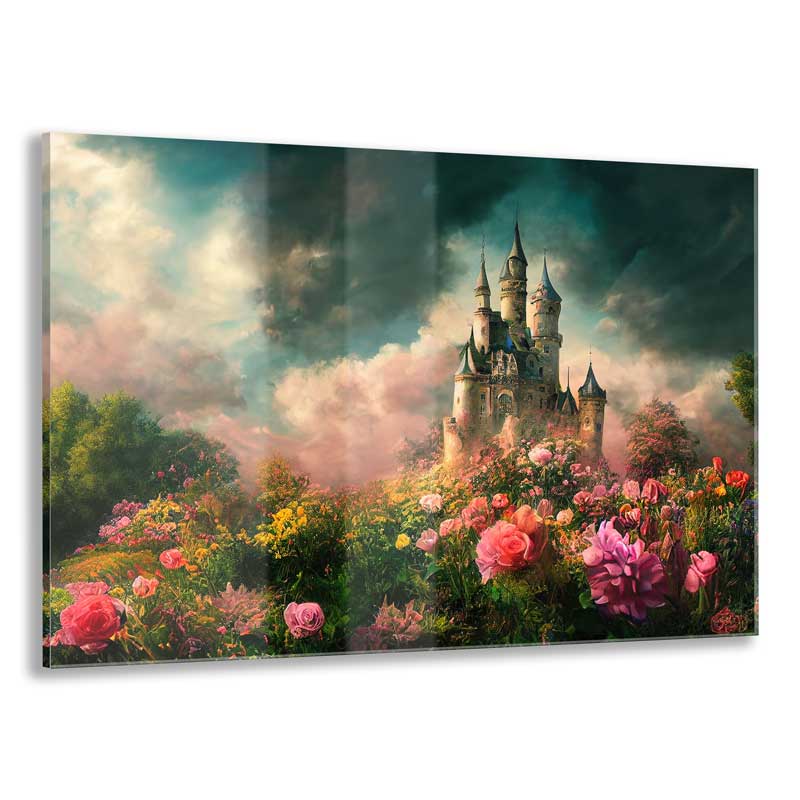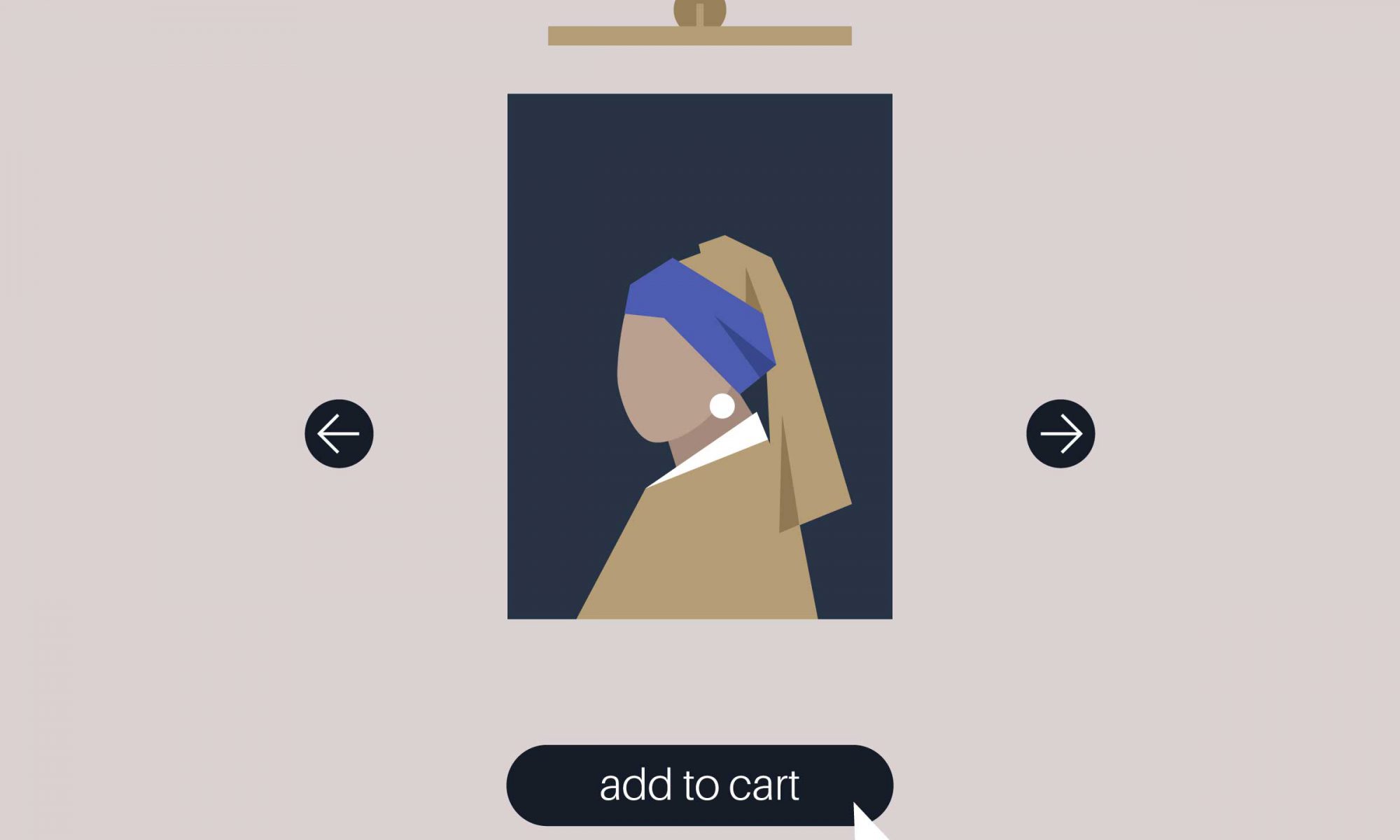Sometimes when I have discussions with artists and photographers, they ask my opinion on using 3rd party sites that connect art buyers to artists versus selling it themselves on their own site. The sites I am referring to can be described as online marketplaces or platforms where artists can showcase and sell their artwork directly to potential buyers.
These include sites like Fine Art America, Zazzle, ArtPal, Society6, and even GeoGalleries. And of course, there are dozens of others that a simple Google search can turn up.
These platforms serve as intermediaries, facilitating the transaction process and providing a space for artists to reach a wider audience. They typically offer various features such as customizable artist profiles, storefronts, and tools for managing sales. On the buyer’s side, these sites provide a diverse range of artwork options and styles, allowing collectors and enthusiasts to discover and purchase art that resonates with them. The aim of these platforms is to democratize the art market, making art more accessible and enabling artists to establish their careers while providing buyers with a convenient way to explore and acquire original pieces or prints.
On the surface, these all seem very similar in concept so the inclination might be to select the most popular platform without regard to the commissions or the quality of the prints or merchandise these platforms sell. While some of them produce prints in-house, a large number contract out to 3rd party color labs around the country or world. As a matter of fact, FinerWorks provided print fulfillment services to art-selling sites like these (both large and small companies) for quite some time.
Do They Use Multiple Color Labs
Check if they use multiple or one color lab. Multiple color labs could result in inconsistencies across products or regions where the buyer is located. For instance, one color lab might be used to handle orders going to the East Coast but different papers or even print less accurately. Based on that I would try to inquire if they print and ship themselves (usually the best option) or if they at least rely exclusively on one color lab.
Review the Earnings Structure
Second, learn about the earnings structure. Some sites like Fine Art America, while extremely popular provide a fraction of the earnings you might find on a site such as ArtPal or GeoGalleries. If the commission structure works for you, go for it but I tend to recommend sites where artists can earn the most.
Most Popular Is Not Always Best
Do not rely on popularity. The assumption is the more popular the site, the better chance you will earn more. Not necessarily. The reason I say this is because there is a secret truth. Most of these sites will not drive high sales numbers to the average user. Typically from talking to owners and having a small steak in GeoGalleries, I have learned that about 10 to 20% of the artists are driving about 80 to 90% of the sales these sites have. And in some cases, it may be even less than 10%.
You Still Must Promote
Like having your own website, you still have to promote. Most of these artists successfully selling on a regular basis are driving the sales themselves. This could be via any number of marketing efforts on their part from social media to networking which directs people to your presence in these marketplaces.
Consider Multiple Sites
Use multiple sites to test the waters but settle on only one or two. You may find one site tends to drive a few more sales than the others but settle on the one that earns you the most. Even if you get more sales than one over another, if the other is earning you a higher percentage, then it might make sense to go with the one that has less sales volume but more overall earnings.
Look at the Pros
Global Reach and Exposure – Online platforms enable artists to reach a global audience that was previously inaccessible through traditional local galleries. This exposure can lead to greater recognition and opportunities for artists to expand their fan base.
Accessibility and Convenience – Buyers can explore a vast collection of artwork from the comfort of their homes. The convenience of online browsing makes it easier for collectors to discover new artists and artworks that resonate with their tastes.
Diverse Art Styles – These platforms host a diverse range of artistic styles, from traditional to contemporary, allowing buyers to explore various genres and find art that suits their preferences.
Direct Artist Interaction – Many platforms offer features for direct communication between artists and buyers. This transparency fosters a deeper connection and understanding of the artwork’s context and creation.
Affordable Options – Online platforms often have a range of price points, making art more accessible to a broader audience. Additionally, prints and reproductions provide more affordable alternatives to original pieces.
Now Let’s Look at the Cons
Saturated Market – The popularity of these platforms means a large number of artists are vying for attention. Standing out in a crowded space can be challenging for emerging artists.
Quality Control – Some platforms have minimal curation, leading to varying levels of artistic quality. Buyers might need to carefully assess the credibility of both the platform and the artist.
Lack of Tangibility – Online platforms lack the physical interaction with art that galleries offer. Buyers cannot directly assess texture, scale, and color accuracy, which might influence their purchasing decisions.
Fees and Commissions – Many platforms charge listing fees, transaction fees, and commissions on sales. These costs can eat into an artist’s profits and impact their pricing strategies.
Limited Networking – Unlike traditional galleries, where artists can interact with peers and professionals, online platforms might lack the same level of networking opportunities and artistic community.
In conclusion, online platforms connecting artists and buyers present an exciting avenue for artists to showcase their work and buyers to discover unique pieces. However, like any innovation, these platforms come with their own set of benefits and challenges. Artists should carefully consider their goals and priorities while buyers should approach with discernment. With the art world continuing to evolve, these platforms are poised to play a significant role in shaping the future of artistic engagement and commerce.

Order HD Face Mounted Acrylic Prints
Printed on high quality photo paper and face mounted to 1/4″ acrylic with polished edges. Choose between satin luster or metallic photo paper. Included is easy to install hanging hardware in the form of a French cleat.

No matter what, you’re in a saturate market of artists. As an oil painter much of my work is out of the price range for many of the people who shop on say, Etsy but with the right key words and tags you can get better traffic. Though I list most of my work on both Etsy and my website, finelineart.net I get a higher volume of traffic on Etsy. IT doesn’t necessarily translate into a higher volume of sales.
Good point. Traffic does not always translate into sales. What you want to focus on is conversion rate and research how you can improve conversion rates which is percentage of visitors that turn into sales.
Should I copyright my individual pieces before submitting them to a platform?
It probably would be a good idea considering that some 3rd party services might be looser with copyright than others. Also make sure you read the fine print of any agreement they have.
How do I receive more information about 3rd party sellers
I stopped promoting my photos on FAA. You are correct about them being skimpy on the “recommended” pricing structure. I added my own dollar amounts to my markups. But the main reason I stopped promoting is because of what I found out directly from them after I asked where I could find the contact information of my buyers. You see, I sold nearly $400 in masks back in the days of vid. I was told they did not provide the contact information of their customers. You see, the people “my potential customers”, that I sent to my site via my link were considered to NOT be my customers. In their mind, those buyers are their customers. My plan was to send an email to them thanking them for their purchase letting them know that the photo on the mask they purchased, was also available printed on a coffee mug. Creating a retargeting campaign targeting customers who made a purchase is the name of the game. So no more FAA promotions or recommendations by me.
I wish Finer Works integrated POD stores with WIX website hosted sites. I have my website with WIX and really, really wish they worked together. Wix is a huge website hosting site. Finer Works integrates with Etsy, Squarespace, etc. please consider adding Wix.
I am a fine art painter and prefer you, but for now, I have to settle with Printful, or Printify for POD services. I want the higher quality that you have!
Nancy Cupp
Hi Nancy,
Stay tuned for this. Wix is a platform we have on our agenda. We have a new development team in-house which is finishing up a project right now but afterwards will be focusing on enabling various other platforms to integrate with FinerWorks.